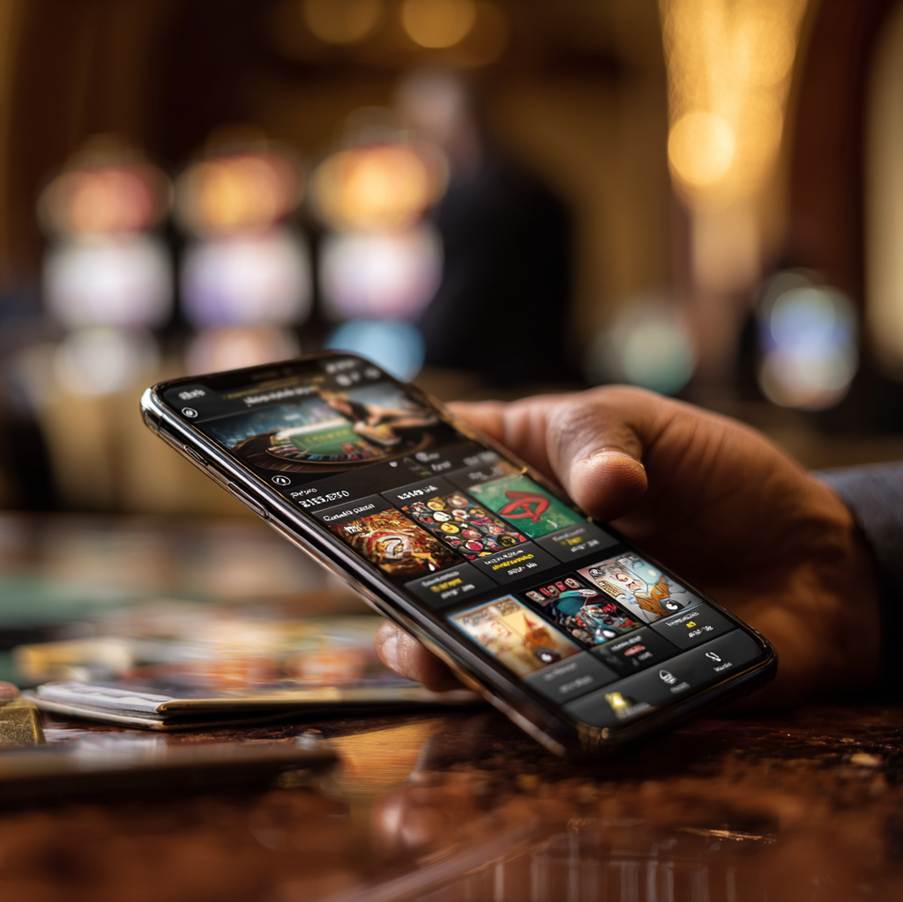
Image Source: AI
Randomness is something most people experience without realizing just how deeply it’s woven into everyday life. From simple scratch cards to complex digital games, the element of chance shapes how winners are determined and outcomes are revealed. Yet while randomness might feel mysterious, it operates on surprisingly clear principles—whether it’s a paper ticket, a lottery machine, or a digital platform.
How Chance Shapes Traditional Sweepstakes
Sweepstakes are a familiar example of randomness in action. Whether you’re entering by post or through a digital form, the fundamental idea is the same: participants are selected at random. The systems behind this can vary, from spinning drums filled with entry slips to computerized random number generators (RNGs).
What matters is that the outcome cannot be predicted or influenced by the participant. The appeal lies in this fairness—everyone has a shot, regardless of skill or effort. This same principle of unpredictability has carried over to modern forms of entertainment that mimic chance-based experiences, albeit through digital means.
Digital Platforms and How Randomness is Simulated
Today, randomness has evolved far beyond physical sweepstakes. Digital environments replicate randomness using sophisticated algorithms, creating fair and unpredictable outcomes. In online spaces, this is often achieved through RNGs that have been tested and verified for fairness.
Take digital casino games as an example. Randomness is central to creating fair play and suspense, especially in chance-based formats like digital slots or card games. As an example, Bovada casino games use this principle to bring the element of unpredictability into a virtual setting. Whether it’s spinning reels or drawing digital cards, these systems ensure results are always left to chance through RNGs.
A good example of how randomness is leveraged for engagement is Bovada’s promotional features. Their Scratch, Match & Win event provides another layer of chance through scratch card-style mechanics. Here, players reveal hidden matches in the hopes of securing small wins, mirroring the instant thrill of traditional scratch cards. These types of promotions showcase how classic randomness translates effectively into modern digital formats.
The Psychology Behind Games of Chance
Understanding why randomness remains popular boils down to human psychology. People are naturally drawn to the unknown. The anticipation of a possible favorable outcome—even if unlikely—creates excitement. This is why scratch cards, lottery tickets, and digital slots all trigger similar emotional responses.
Digital games enhance this through design. Lights, sounds, animations—all are carefully constructed to heighten anticipation and amplify the thrill when randomness delivers a positive outcome. Platforms that offer games of chance understand this well, designing experiences that keep the element of unpredictability front and center.
Why Algorithms Matter in Digital Randomness
In digital environments, algorithms replace dice rolls or shuffled decks. RNGs are programmed to generate outcomes that cannot be tampered with by players or the platform itself. These systems ensure that randomness isn’t just perceived—it’s mathematically sound.
What separates a quality digital platform from others is how well it replicates authentic randomness. Consistent randomness means players experience the unpredictability they expect, which fosters trust and keeps engagement high. The transparency behind how these systems work is key, even if most users never see the coding behind the scenes.
Below is a simple comparison table to help clarify how randomness functions across different types of activities:
Type of Game/Activity | How Randomness is Created | Common User Experience |
|---|---|---|
Traditional Lottery | Physical draw machines | Fixed schedule, mass entries |
Sweepstakes | Manual or digital RNG draw | Entry-based, announced winners |
Digital Slots | RNG algorithms | Instant outcomes, visual cues |
Scratch Cards | Pre-set or RNG patterns | Reveal-based, suspense-driven |
How to Recognize Fair Randomness in Digital Platforms
For users exploring digital games of chance, understanding how to recognize fairness is key to ensuring a trustworthy experience. Reputable platforms will openly state the use of Random Number Generators (RNGs) and often provide certification details from independent auditors. Look for transparency around these systems—clear explanations of how outcomes are generated, published payout rates, and user reviews can all offer insight into whether a platform operates fairly.
Moreover, fair randomness means consistent unpredictability over time, which keeps users engaged. If a platform claims its games are random, the outcomes should never follow predictable patterns. This helps protect users from systems designed to mislead and ensures the experience remains aligned with the genuine principles of chance.
Why Randomness Will Always Have a Place in Entertainment
Despite evolving technology, randomness remains timeless in entertainment because it taps into fundamental aspects of human behavior. The desire for surprise, anticipation, and the thrill of potential outcomes are deeply ingrained in how people seek enjoyment. Whether through sweepstakes, lotteries, or digital games, randomness creates memorable moments by removing certainty.
As technology continues to innovate, randomness will likely evolve alongside it. From traditional paper-based entries to AI-driven digital experiences, the human appetite for unpredictability ensures that games of chance will retain their appeal for generations to come. Platforms that continue to respect fairness, transparency, and user experience will remain at the forefront of this enduring form of entertainment.